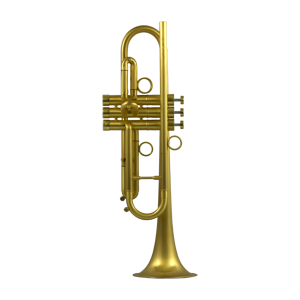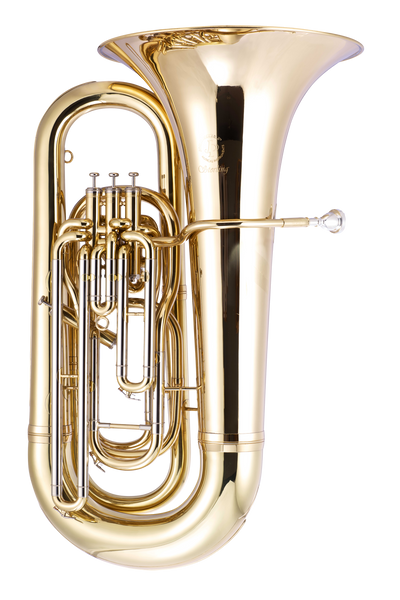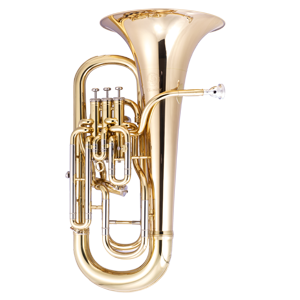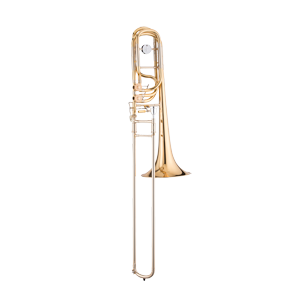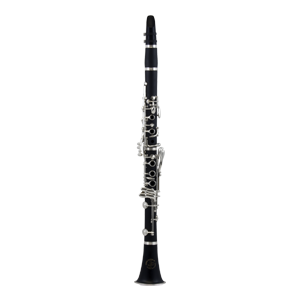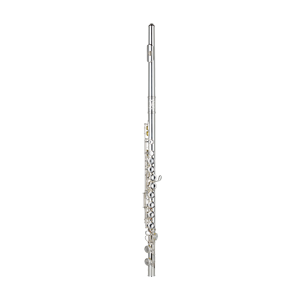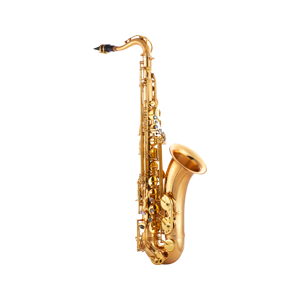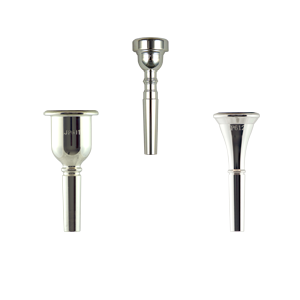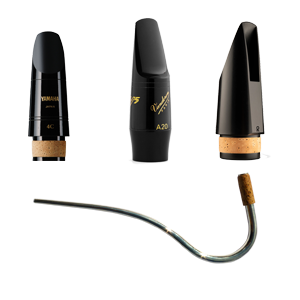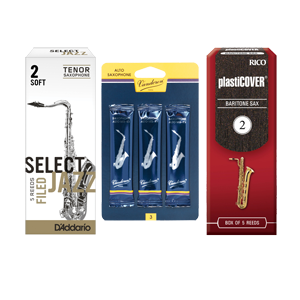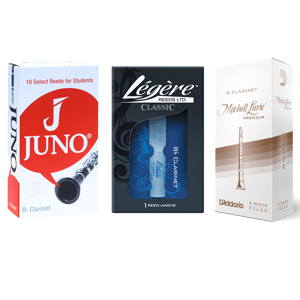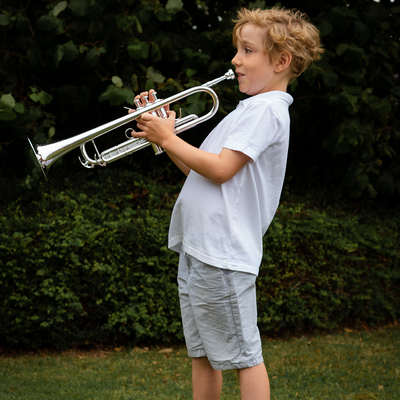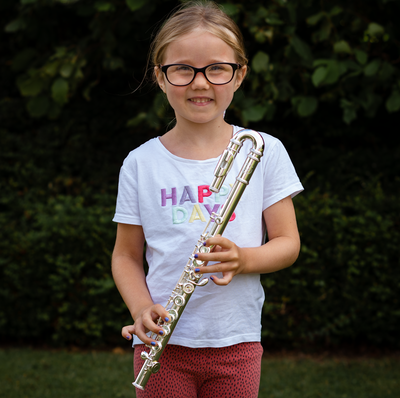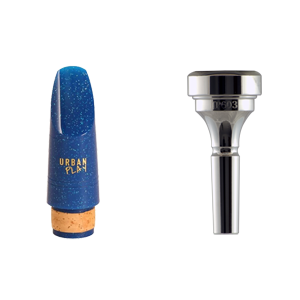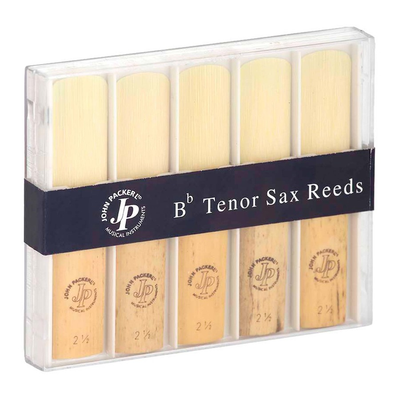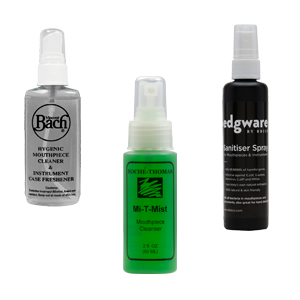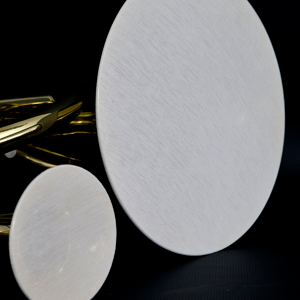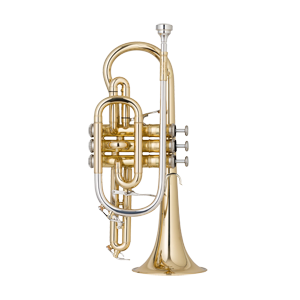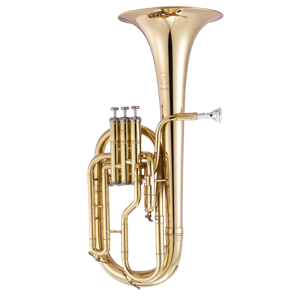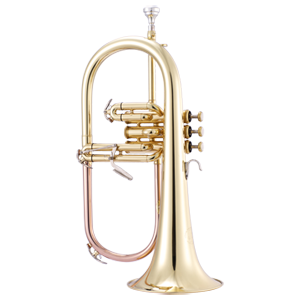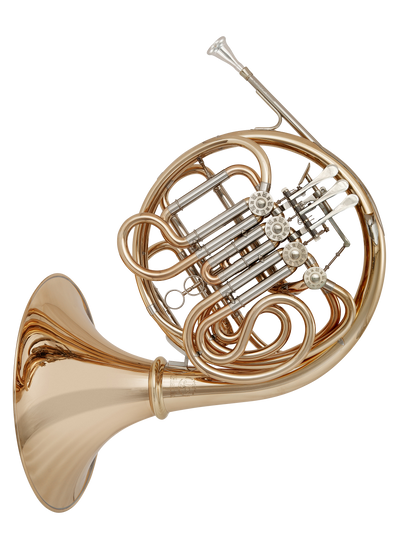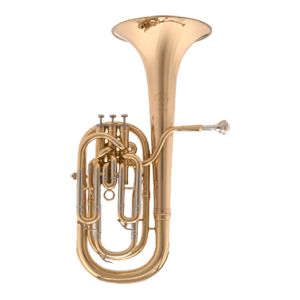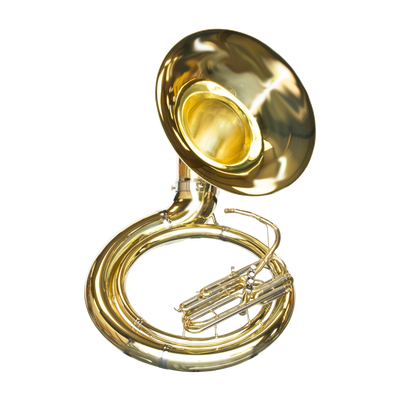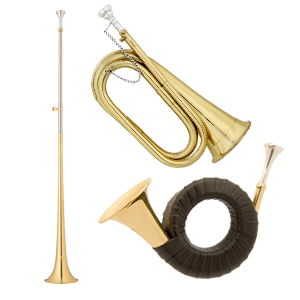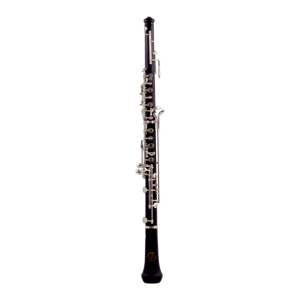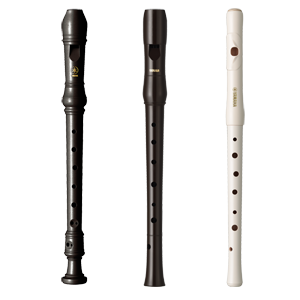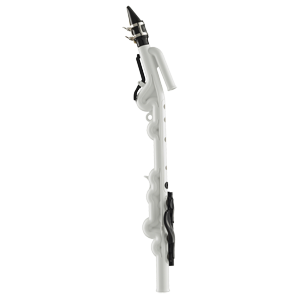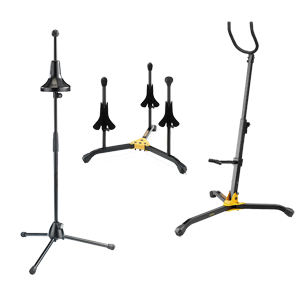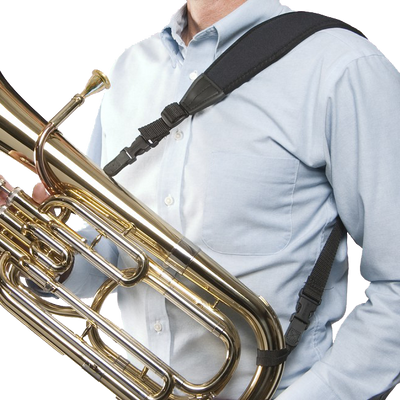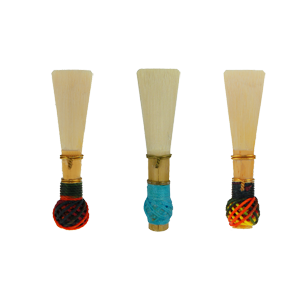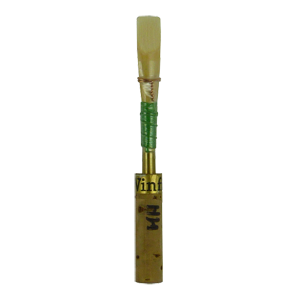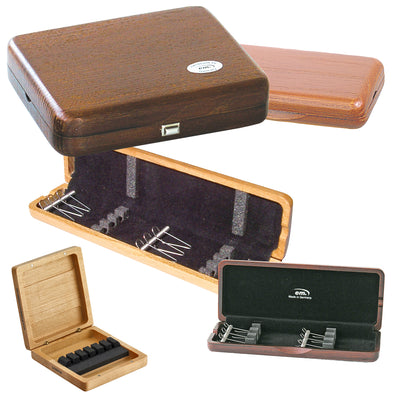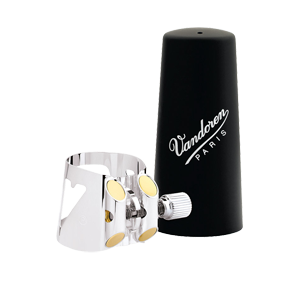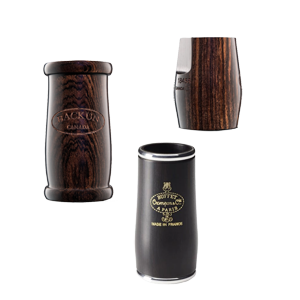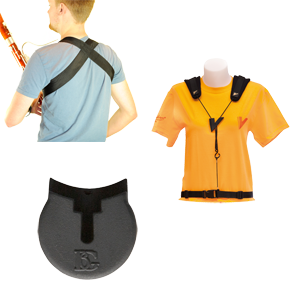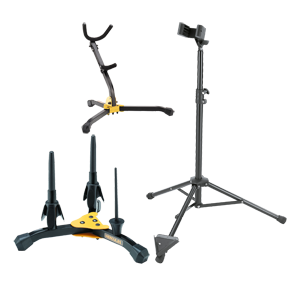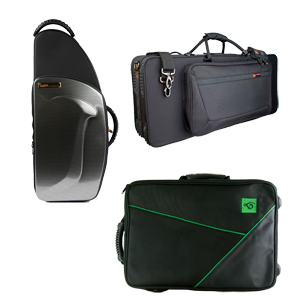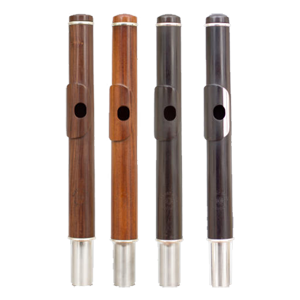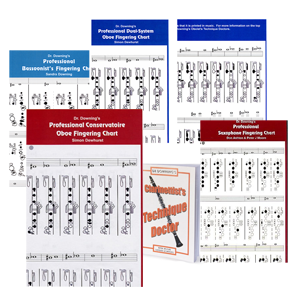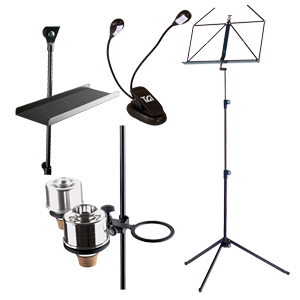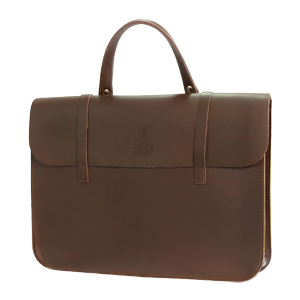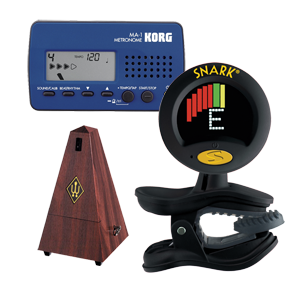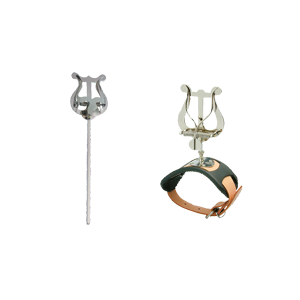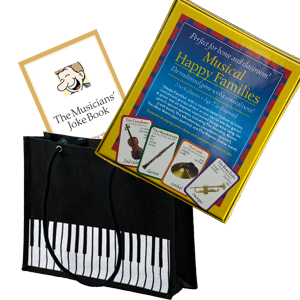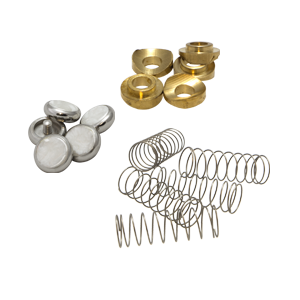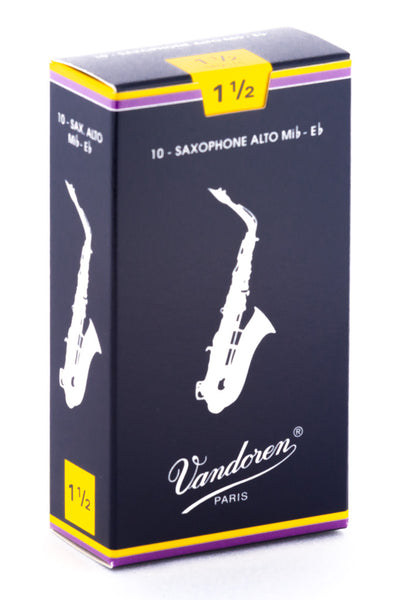A guide to buying your first clarinet
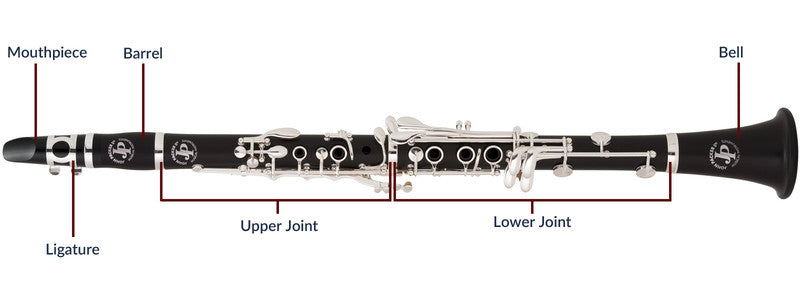
In our experience, the clarinet is one of the most popular woodwind instrument for new players. It is very affordable, very portable and has a wide application across orchestra, windband and jazz ensembles.
Many different types of clarinet are available but for new players, we strongly recommend the standard Bb model.
Types of Clarinet
| Type | Key | Application | Other Comments |
|---|---|---|---|
| Bb Clarinet | Bb | Windband, Orchestra, Jazz, Ensemble, Clarinet Choirs, Solo | Strongly recommended model for new players |
| Eb Clarinet | Eb | Windband, Orchestra, Clarinet choirs | Shorter in length to the Bb enabling younger players to start earlier |
| C Clarinet | C | Some Orchestral repertoire (Beethoven, Schubert, Mahler), Folk | Similar to the Eb in its shorter length and suitability for newer players. Can play the same sheet music as other ‘C’ instruments (piano, flute, oboe) without having to transpose. |
| A Clarinet | A | Orchestra | Standard orchestral instrument used alongside the Bb |
| D Clarinet | D | Some Orchestral Repertoire (early Molter) | Very rare |
| Basset Clarinet | A to Low C | Orchestra | Essentially a soprano clarinet with a range extension to low C |
| Basset Horn Clarinet | F | Orchestra | |
| Bass Clarinet | Bb to Low C, Bb to Low Eb | Orchestra, Windband, Jazz, Solo | Available in two versions |
| Contra Bass Clarinet | EEb | Windband, Clarinet Choirs | |
| Contra Alto Clarinet | BBb | Windband, Clarinet Choirs |
Younger Players
Learning a musical Instrument at a young age has a whole host of benefits but it is important that children are comfortable holding and playing their clarinet before they start their musical journey in earnest.
The clarinet is a popular choice with younger players and with that come a number of challenges. The physical length of the standard Bb clarinet can make it difficult for younger players to comfortably hold whilst maintaining a good posture. It is important that students are comfortable holding and playing their instrument or it is likely that they’ll lose interest pretty quickly.
The other key challenge that many younger woodwind & brass players will face is considering how the shape of their mouth and teeth will change over time and how this will affect their embouchure. Embouchures are very personal to each different players and require many hours of practice and development for improvement. The change in mouth shape and teeth can make it difficult for players to form a consistent baseline from which to develop their playing.
If children are very keen to play before they are capable of playing a full size Bb clarinet, there are a number of other options.
Start on an 'Eb' or 'C' Clarinet
Both of these types of clarinet are physically shorter than a standard Bb model and are popular with younger players.
The Eb is the shortest with the C model being slightly longer. Music teachers will often have an opinion about which of these is the best choice. This decision is very player dependant given the age, size etc of the player.
Sheet music for these models will be in a different key compared to the standard Bb clarinet. Some players and teachers favour the ‘C’ clarinet as sheet music for other instruments in the key of C (Piano, Flute, Oboe) can be used without having to transpose.
Reduced keywork models
Some clarinet models are available with a reduced keywork system. This can support the development of younger players as it removes some of the keywork that it usually only required in higher standard repertoire.
This also has the benefit of reducing maintenance costs and reducing the chance of accidental damage. Considering a reduced keywork clarinet is a good step for those looking to start learning at a young age.
Use a sling
Although a clarinet sling should still only be used when the player is of a size where they can manage to comfortably hold their clarinet correctly, they can help to support the weight of the instrument which is especially useful for youngers players. A good quality, comfortable sling can pay dividends and also enable players to practice and play for longer.
Features
Mouthpiece
A vital part of your clarinet, mouthpieces are available in a large range of different sizes, dimensions and materials.
Student clarinets are usually supplied with a functional yet basic mouthpiece with ligature and mouthpiece cap. These tend to be manufactured from plastic and cast from a mold whereas more expensive, higher standard mouthpieces will tend to be milled from ebonite, a hard rubber based material.
Once players reach a certain standard it is common that they will look to update their mouthpiece and/or ligature to better match their embouchure, chosen repertoire and style. More expensive mouthpieces benefit from improved design, precision and manufacturing quality.
Many see mouthpiece design as more of an art than a science. It is an area of much debate between woodwind players.
Ligature
Much like the mouthpiece, your ligature has a big effect on the sound that you produce. It does this by firmly holding your reed in place against your mouthpiece.
Like mouthpieces, ligatures are available in a wide range of materials, designs and finishes. Most student models will be supplied with a basic, likely metal ligature which players may look to upgrade once they are past the early grades.
More expensive ligatures may use more innovative fastening systems reducing the dampening effect that cheaper ligatures may suffer from.
Barrel
An often overlooked component, your clarinet barrel provides the joining piece between mouthpiece and body.
Although pro-level players may look to upgrade their barrel, it is unusual for students to feel the need to do this. Your barrel will match the material that the rest of your instrument is constructed from, usually ebonite for student models.
Some student models may be supplied with a shorter barrel that will support new students to play in tune more easily.
Body
Your clarinet’s body is made of two constituent parts, the upper joint and lower joint. In student models the body of your clarinet is likely to be made from ebonite, a hard vulcanised rubber with good tonal characteristics. You may also come across ABS resin which is similar in nature.
More expensive models are likely to be constructed from Grenadilla Wood which many deem as having better tonal qualities although will require more maintenance and ongoing care.
The two joints are linked via a cork tenon and feature the instruments keywork which is drilled and mounted onto the body.
Care must be taken when assembling and disassembling your clarinet so that the keywork isn’t bent or pushed out of alignment. Regularly applying a small amount of cork grease to your instrument’s tenons will help make this process easier.
Bore
The bore of your instrument describes the cylindrical hole down the middle of your clarinet through which air travels creating sound.
For most student models the bore is constant throughout the instrument from top to bottom. In more expensive, pro level models you may start to see polycylindrical bores where the diameter may differ through the instrument. This change in bore is usually found towards the bell section where a narrower bore is thought to produce a brighter tone.
The diameter of the clarinet bore is usually 15mm for standard Bb models. It is important to use a pull-though after each playing session to remove any moisture that remains in your clarinets bore.
More expensive models made from granadilla wood may also require oiling inside the bore to keep them in top playing condition.
Keywork
Your instrument’s keywork in the majority of cases will be constructed from metal (usually a nickel and brass alloy) and plated with silver, nickel or in more expensive models, gold.
Nickelplated keywork can sometimes cause issues with allergies which some players can develop with prolonged exposure over a long time scale.
Many student models will features silverplated keywork which should be bright and hard wearing.
A silver polishing cloth is usually supplied with many starter models and can be used to keep keywork in good condition. Natural oils from players’ fingers will erode and tarnish keywork over time so regular cleaning will help to increase the life span of the instrument.
Many other small keywork components such as pads and springs will separate cheaper models with more expensive models. ‘Blue Steel’ springs are respected for providing a quicker action when pressing and releasing keys.
The material that your clarinet’s pads are made from will also vary from model to model. These are especially important as they need to provide an airtight seal between key and tone hole. Many student models will feature ‘skin’ pads whereas more expensive models may have leather pads. These will also require maintenance and ultimately replacing over the lifetime of your clarinet.
Finally, an adjustable, rather than fixed thumbrest is an invaluable piece of keywork for smaller players as it allows the thumbrest to be adjusted over time as the players hands grow. These are very common on student models but always worth double checking when selecting a first clarinet.
Recommended Accessories
Polishing Cloth
Not the most exciting accessory in the world but still very useful! Polishing clothes are usually impregnated with a small amount of silver polish and when used frequently, will keep your clarinet’s keywork in good condition.
More than just improving aesthetics, keeping keywork clean will extend the lifespan of your instrument as it reduces erosion that can be caused from the natural oils in players’ hands. Many student clarinets will be supplied with a silver polishing cloth.
Pull Through
A good quality pull-through suitable for your model of clarinet is invaluable in keeping it in good working order. These are available in a range of different materials including microfiber cloth, leather and chamois.
Using a pull-though after each practice or performance removes moisture from the bore of your instrument. This reduces the chance of mould and bacteria growing and in the case of wooden instruments reduces the chance of the body of the clarinet cracking or warping.
Cork Grease
Another accessory that is commonly supplied with student clarinets, cork grease makes assembling your clarinet a breeze. Regularly applying a small amount of cork grease to your clarinet’s tenons when joints feel stiff will help ease the process of assembling your instrument which will reduce the chance of bending keywork out of alignment.
It is always a good idea to clean off any old grease and grime with kitchen roll before reapplying more grease.
Clarinet Stand
A clarinet stand is a worthwhile investment for new players. Many instrument breakages and damage arise when instruments are knocked off chairs, beds etc when not in use. A good stand will help avoid these situations. Some lower profile stands conveniently fold up and store in your clarinet bell, making transport easier.
Clarinet Sling
Although more commonly used with Saxophones and Cor Anglais’, a sling can be helpful in taking the weight of the instrument off of the player.
For clarinet players, slings tend to be more popular with younger players and more mature players but there’s nothing to stop any age or standard of player from benefitting from the increased comfort that they provide.
When buying a sling, pay special attention to the quality and construction of the hook. As these hold the weight of your instrument they are particularly important.
Popular Student Clarinets
John Packer JP021 Bb Clarinet
This full size Bb clarinet has been designed with first time players in mind. Constructed from ebonite, this model is robust and durable and has been a favourite within the UK education sector for many years.
Nuvo Clarineo C Clarinet
This plastic clarinet is in the key Of C enabling it to be slightly shorter in length than a standard Bb model. The fact that it is in the key of C also enables it share sheet music with other instruments in this key e.g. recorder, piano, flute and vocal. This instrument is supplied with both synthetic and cane reeds and is designed with smaller players in mind, being washable and easy to maintain and assemble.
Buffet Prodige Bb Clarinet
The Buffet brand is synonymous with high performing clarinets. Their Prodige model replaces the popular B12 which has been a mainstay of the student clarinet market for many years.
The Prodige has undergone significant research and development, especially in relation to its bore which is claimed to allow an unprecedented ease of play and projection of sound. Higher specification components such as blue steel springs and leather pads can also be found on this model.
Yamaha YCL-255S Bb Clarinet
The Yamaha YCL255S is a full size standard Bb Clarinet and has been designed with a lightweight construction in mind. This has been achieved with the removal of the metal bell ring and a redesigned body and bore. This model benefits from high quality keywork and plating and is constructed from ABS Resin.
Jupiter JCL-700S-Q Bb Clarinet
This Jupiter JCL700S model underwent significant design improvements in 2015 and now features a new design bore and ergonomically designed keywork including raised tone holes. Specification wise, this model has all the features that you would normally associate with a student clarinet including an adjustable thumbrest, ABS body and backpack style case.
Caring for Wooden Instruments
Although your first clarinet is unlikely to be made from wood, it is worthwhile being aware of the pros and cons associated with wooden models. Wooden Instruments are widely accepted to produce a better tone and sound when compared to instrument constructed from more synthetic, manmade materials such as ABS Resin and Ebonite however with this come additional maintenance requirements. As a living material, wood can swell, warp and change shape, especially with the introduction of moisture which is unavoidable when playing woodwind instruments.
With new wooden instruments, it is important they are ‘played-in’ gradually. This means shorter practice sessions for a limited time until the instrument has acclimatised to the moisture from players’ breath. It is also common for players to experience stiff joints as the instrument swells slightly. In these cases, the instrument’s tenons may require adjustment which should be carried out by a professional instrument repairer.
Wooden instruments will also be more sensitive to heat and temperature changes. Rapid changes can lead to cracks in the body. This can be caused by accidently leaving your instrument near a radiator or somewhere similar.
With the additional tonal benefits of wooden instrument come an increased responsibility and requirement for more maintenance. This is why in many cases, an ABS or ebonite clarinet for students and first time players is recommended.
Hire & Assisted Instrument Purchase Schemes
Several schemes are in place to support new players as they start their journey to learn the clarinet. Our instrument hire scheme enables students to hire a clarinet at an affordable monthly cost with a low minimum hire period of just 3 months. Should you then wish to purchase your instrument, our hire scheme allows a maximum of 6 months hire charges to be deducted from the overall cost. This is a fantastic way to get started on a limited budget!
Our Assisted Instrument Purchase Scheme (AIPS) aims to reduce the financial burden of purchasing your first instrument. If students are attending a UK based state school it is usually possible to purchase the instrument through the school benefiting from their VAT exempt status. Students must be in full time education and receiving music tuition. It is possible to combine both our instrument hire scheme and then to purchase the instrument through the school via the AIPS scheme for maximum benefit.



